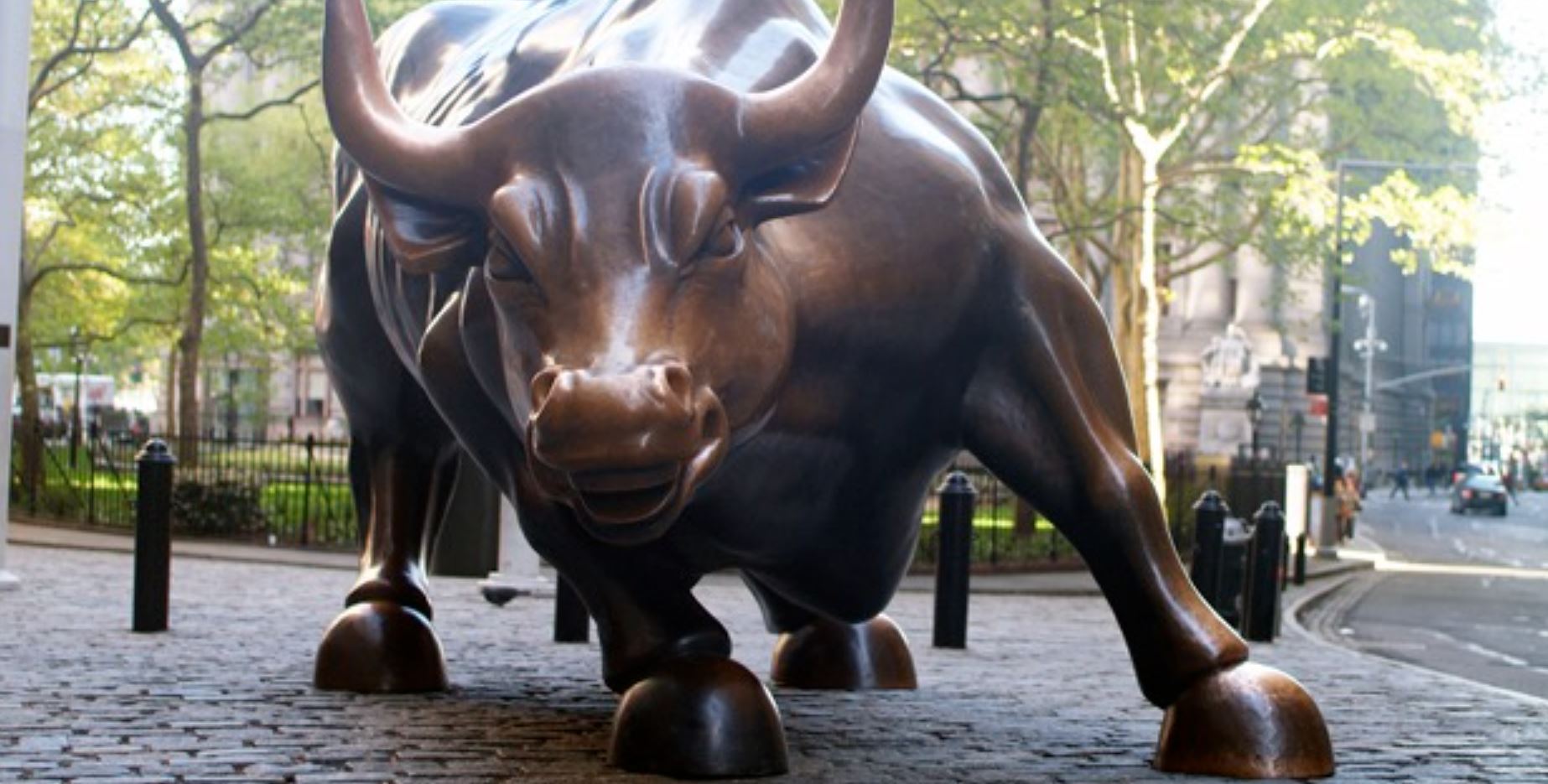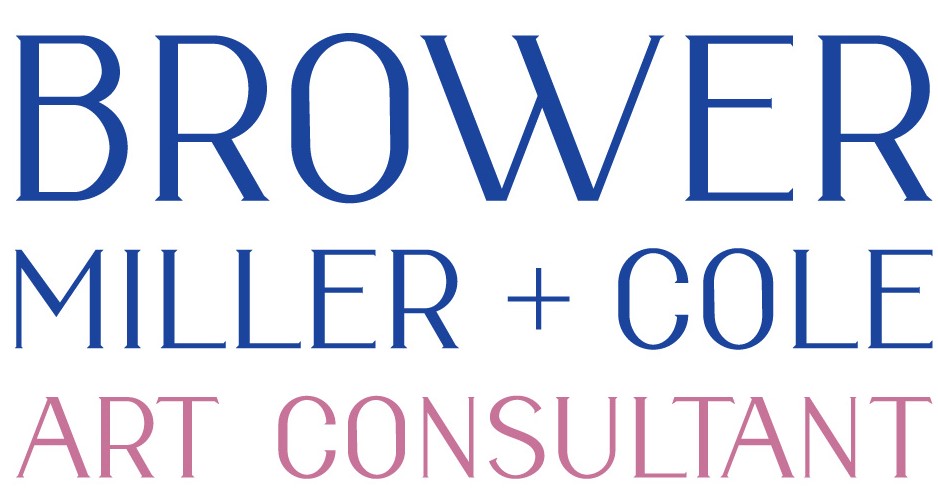Did you know Charging Bull was a surprise gift to New York from the artist?

Charging Bull
Photo credit: Elia Tabuenca
Some people may not like when graffiti artists give their work to the community without permission.
It was no different when artist Arturo Di Modica created the Charging Bull and, with no permission from anyone, drove the statue from his studio into the middle of Manhattan.
He and few friends placed it near the New York Stock Exchange… and left.
At 7,100 pounds and 11 feet tall, that bull wasn’t easy to move. But that’s exactly what the New York City police did. They impounded it.
Di Modica’s concept for Charging Bull was to create a monument to the strength of the businesspeople of New York, and to inspire them after the stock market crash of 1987.
Di Modica had immigrated to the United States from Sicily to become part of New York’s exciting 1970’s art scene. He worked as a sculptor in a loft in Soho.
He wanted to give back to the people who had supported him in his career through buying his art.
So the artist paid for the sculpture himself, at a cost of $360,000 — so we know he was a pretty darn successful artist. Then he simply dropped the gift off in a high-profile business area on December 15, 1989.
The New York Stock Exchange management didn’t accept the gift. They called the police to remove it.
However, by the time it was being taken away, the residents of the city had already fallen in love with it, as had the media. Immediately, the citizens petitioned to bring it back.
Just six days later, the New York City Department of Parks & Recreation heard the public’s strong request and placed it a few blocks away near Bowling Green Park where it stands today, with official approval.
Like Chicago’s Bean, New York’s Charging Bull is a tremendous symbol of the city.
More than 30 years after its arrival, tourists line up every single day to take their picture with the bull.
The statue is so compelling, it’s even been copied in other major cities, including Shanghai and Amsterdam.
Is public art an attraction?
When the art is the right piece, the answer is “absolutely!”
If you have an opportunity to create public art near your commercial real estate property, make it compelling.
Don’t just respond to a requirement. Take the opportunity to make a statement, create a traffic driver, and perhaps it will be a great part of your legacy in that city.
